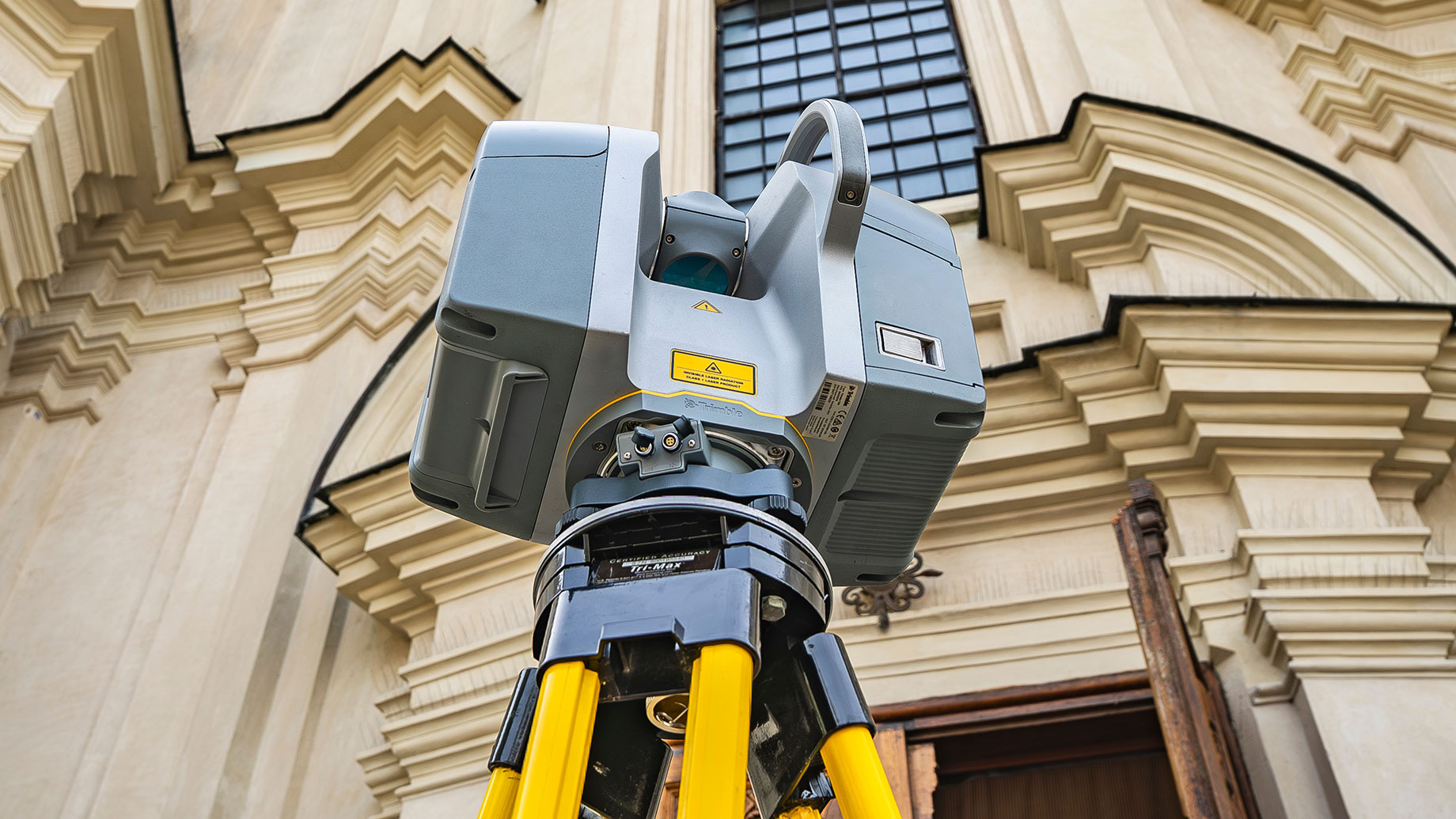
For decades, the U.S. construction sector has struggled with one persistent problem: inefficiency. According to McKinsey, large construction projects take 20% longer to finish and run 80% over budget on average. Much of this comes from inaccurate site measurements, outdated drawings, and field errors that compound as projects grow in complexity.
But over the last five years, one technology has quietly begun reversing this trend — 3D laser scanning. Once a niche tool used only on high-budget technical projects, laser scanning has become a mainstream part of modern construction workflows. Today, it sits at the foundation of America’s shift toward data-driven building, digital twins, and next-generation infrastructure.
And as the U.S. heads into its next construction boom — fueled by infrastructure investment, urban redevelopment, and large-scale industrial expansion — 3D scanning is emerging as one of the essential technologies powering this acceleration.
Why 3D Laser Scanning is Driving the Next Construction Boom
Construction used to rely heavily on manual measurements, tape-based field checks, and drawings that often didn’t reflect reality. 3D laser scanning replaces that entire workflow with high-accuracy LiDAR capture, generating millions of data points per second and creating a precise digital snapshot of existing conditions.
This shift is happening for three key reasons:
1. Accuracy that eliminates costly errors
Modern scanners like the FARO Focus, Leica RTC360, and Trimble X7 deliver field accuracy of ±2–4 mm, enabling project teams to detect deviations, alignment issues, and installation conflicts long before they become expensive problems.
2. Faster project timelines
Instead of spending days taking measurements manually, large spaces can be scanned in hours. Registered point clouds feed directly into Revit, AutoCAD, Navisworks, or ArchiCAD, accelerating both design and construction.
3. Demand for digital documentation
Government and private clients increasingly require:
- As-built documentation
- BIM deliverables
- Digital twins
- Precise construction verification
The Role of LiDAR in Modern U.S. Construction
LiDAR — Light Detection and Ranging — is at the heart of 3D laser scanning. It works by sending thousands of laser pulses per second and measuring the time it takes for them to return. The result: dense, millimeter-accurate point clouds.
LiDAR is now used in:
- Federal infrastructure projects
- Commercial renovation
- Manufacturing and industrial facilities
- Residential construction
- Historic restoration
- Airports, hospitals, and transportation hubs
The combination of speed and accuracy makes LiDAR one of the most transformative technologies in today’s AEC ecosystem.
How 3D Laser Scanning Reduces Errors and Rework
According to Dodge Construction Network, rework accounts for nearly 9% of total project costs in the U.S. Much of this stems from mismatched drawings and real-world conditions.
Laser scanning minimizes rework through:
- Early detection of deviations
- Precise as-built verification
- Clash identification before installation
- Quality control throughout construction
- Accurate measurements for prefabrication
This is one of the main reasons that contractors, engineers, and architects increasingly consider 3D scanning not a luxury — but a project necessity.
Key Construction Workflows Powered by 3D Scanning
1. As-Built Documentation
Point clouds serve as the “single source of truth,” replacing outdated drawings and providing real-time building conditions.
2. Scan-to-BIM Modeling
Accurate BIM models (LOD100–LOD300) support design, coordination, and long-term asset management.
3. Construction Verification
Contractors compare point clouds to design models to detect:
- Slab deviations
- Misaligned structural elements
- Incorrect MEP routing
- Out-of-tolerance installations
4. Prefabrication and Modular Construction
Prefabricated components must fit perfectly. Laser scanning ensures millimeter-level accuracy before off-site manufacturing begins.
5. Digital Twins
Digital twins rely on accurate geometry, and point clouds provide the foundation for these virtual building replicas.
Why 3D Scanning Adoption is Accelerating Across the USA
Several trends are driving rapid adoption:
Federal and state investment
Infrastructure projects require documentation, QA/QC, and scan-verified progress tracking.
Aging U.S. building stock
Most buildings in America are 40+ years old — scanning provides precise data for renovation.
Growth of industrial construction
Factories, logistics centers, and data centers rely on accuracy and fast turnaround.
Rise of BIM mandates
More owners now require BIM deliverables supported by accurate field data.
Labor shortages
Automating measurement reduces reliance on manual labor and reduces human error.
The Economics: How 3D Scanning Saves Money
McKinsey reports that digital measurement tools can reduce:
- Rework by 30–50%
- Schedule delays by up to 15%
- Measurement labor by 60–80%
Contractors use scanning to validate site conditions before:
- Ordering materials
- Beginning installation
- Starting demolition
- Approving design changes
This directly leads to measurable cost savings across the project lifecycle.
Industries That Benefit Most from 3D Scanning
- Construction & General Contracting
- Architecture & Design
- Industrial Engineering
- Oil & Gas
- Manufacturing & QA/QC
- Transportation & Infrastructure
- Real Estate Development
- Heritage Preservation
Each industry relies on precision, and laser scanning provides it consistently.
Choosing a 3D Scanning Provider in the U.S.
To ensure reliable results, companies should consider:
- Accuracy (±2–4 mm standard)
- Equipment (FARO, Leica, Trimble recommended)
- Deliverables (RVT, DWG, IFC, E57, RCP)
- Experience with similar building types
- Deployment speed
- Clear QA/QC workflows
One of the leading companies specializing in 3D laser scanning services USA is ScanM2, known for its nationwide coverage and engineering-grade deliverables.
The Bottom Line: Laser Scanning is Shaping America’s Next Construction Boom
As the U.S. enters an era of unprecedented construction demand — from infrastructure upgrades to large-scale industrial expansion — the industry needs reliable, accurate, and fast methods to capture real-world conditions.
3D laser scanning provides exactly that.
It reduces risk, accelerates timelines, enhances collaboration, and gives all project stakeholders a shared digital truth. Whether used for renovations, new construction, or digital twin creation, LiDAR-based scanning is becoming one of the most important technologies powering modern American construction.